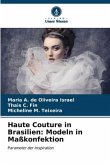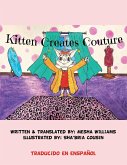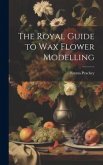The aim of this work is to contribute to Brazilian historiography on the history of pattern-making through the lens of haute couture, analysing its techniques, from creation to the final product, incorporated into the making of made-to-measure clothes in contemporary Brazil. The aim is to show how modelling, improved from haute couture, was appropriated by Brazilian designers such as Walter Rodrigues, Lino Villaventura and Adhemir Preschadt in the 1980s, 1990s and 2000s. The time frame chosen is due to the period in which the designers in question were active. Initially, conceptual elements about fashion are presented, considering issues related to its methods of propagation and acceptance, as well as its differentiation as a cultural element. This is followed by a description of modelling techniques and the areas intrinsic to their understanding. In this context, the methods used by fashion designers related to haute couture are explained, establishing a connection between theirtraditional and contemporary practices.
Bitte wählen Sie Ihr Anliegen aus.
Rechnungen
Retourenschein anfordern
Bestellstatus
Storno

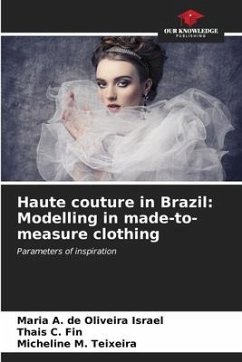
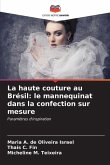
![Fashion Patternmaking Techniques - Haute couture [Vol 1] Fashion Patternmaking Techniques - Haute couture [Vol 1]](https://bilder.buecher.de/produkte/44/44798/44798998m.jpg)
